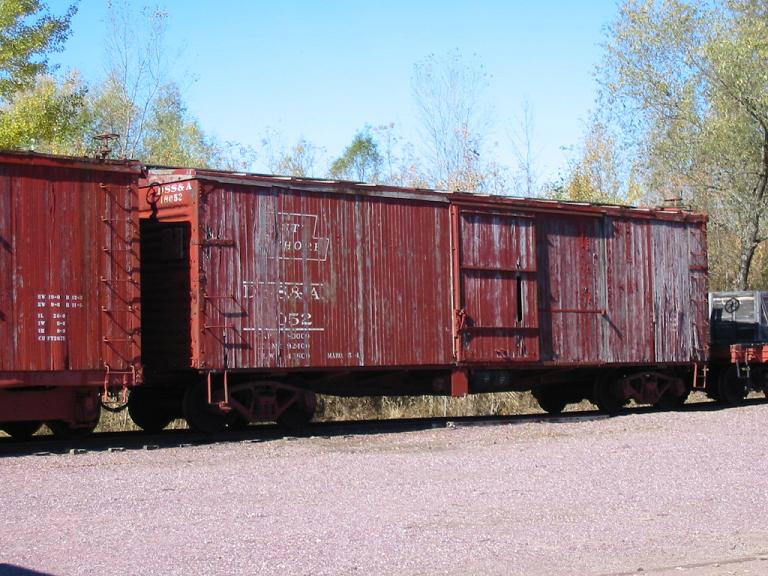Moving heavy equipment internationally requires precise logistics planning. China freight elevator shipping provides businesses with reliable transport for oversized cargo while keeping costs manageable. Importers worldwide increasingly rely on freight forwarders to handle the complexities of documentation, transit time, and customs clearance.
What Is a China Freight Elevator Shipment?
A freight elevator from China typically refers to heavy-duty vertical lift systems designed for warehouses, factories, and logistics hubs. These elevators require specialized shipping because of their bulky size and weight.
Moreover, shipping such equipment demands tailored solutions: full container loads (FCL), breakbulk shipping, or consolidated freight depending on order volume. Businesses benefit from streamlined import processes when working with experienced freight companies.
How Are China Freight Elevators Transported Globally?
Transport methods vary according to destination and urgency:
| Shipping Method | Average Transit Time | Cost Level | Suitable For | Pros | Cons |
|---|---|---|---|---|---|
| Sea Freight (FCL/LCL) | 25–40 days | Low | Bulk cargo | Cheapest, reliable | Long transit |
| Air Freight | 5–10 days | High | Urgent shipments | Fast delivery | Costly |
| Rail Freight (China–Europe) | 15–22 days | Medium | Regional trade | Balanced cost/time | Limited coverage |
| Breakbulk Shipping | 30–45 days | Variable | Oversized equipment | Handles large cargo | Longer handling |
Additionally, importers often combine sea freight with inland trucking to ensure safe delivery to warehouses.
Why Choose China Freight Elevator Suppliers?
Chinese manufacturers dominate global elevator exports due to:
- Competitive Pricing – Manufacturing costs remain lower compared to Europe or the US.
- High Standards – Many suppliers comply with ISO, CE, and TUV certifications.
- Customization – Tailored freight elevators designed for specific load capacities.
- Mass Production – Ability to handle large volume orders consistently.
As a result, importers gain both affordability and reliability in supply.
What Documents Are Required for Freight Elevator Imports?
| Document | Purpose |
|---|---|
| Commercial Invoice | Declares value for customs |
| Packing List | Lists dimensions and weights |
| Bill of Lading / Air Waybill | Contract of carriage |
| Export Declaration | Filed with Chinese customs |
| Certificate of Origin | Identifies tariff classification |
| Insurance Certificate | Protects against cargo damage |
| Technical Compliance Docs | Ensures elevator safety standards |
Without proper documentation, shipments may face costly delays at customs.
Real Case Studies of China Freight Elevator Shipping
Case 1: Shanghai → Dubai
- Cargo: 2 freight elevators, 28 tons total
- Mode: Sea FCL (40HQ)
- Cost: $5,800
- Transit Time: 32 days
Result: Delivered on schedule for a new logistics warehouse project.
Case 2: Ningbo → Hamburg
- Cargo: 1 industrial elevator, 12 tons
- Mode: Rail Freight + Trucking
- Cost: $6,200
- Transit Time: 20 days
Result: European importer saved 25% compared to air freight.
How Much Does It Cost to Ship a China Freight Elevator?
Costs vary by route, mode, and cargo size:
| Route | Mode | Price (USD) | Transit Time |
|---|---|---|---|
| Shanghai → Los Angeles | Sea FCL | $5,500–$6,200 | 28 days |
| Ningbo → Rotterdam | Rail Freight | $120/CBM | 21 days |
| Guangzhou → Sydney | Sea LCL | $90/CBM | 30 days |
| Beijing → New York | Air Freight | $6–$8/kg | 7 days |
Furthermore, importers must budget for destination port handling and inland trucking.
What Are the Challenges of Freight Elevator Shipping?
- Oversized Cargo Handling – Elevators may exceed container dimensions.
- Customs Regulations – Technical compliance documents required in many countries.
- High Shipping Costs – Air freight becomes expensive for heavy lifts.
- Long Transit Times – Sea freight requires careful scheduling.
However, working with professional freight forwarders reduces risks and ensures compliance.

How to Choose the Right Freight Forwarder in China?
- Experience with Heavy Cargo – Look for proven elevator shipping projects.
- Strong Global Network – Agents at both origin and destination for smooth clearance.
- Transparent Pricing – Clear cost breakdowns (FCL, LCL, breakbulk).
- Customs Brokerage Support – Ensures import documentation accuracy.
- Value-Added Services – Warehousing, insurance, and last-mile delivery.
Without a doubt, partnering with a trusted forwarder ensures seamless logistics.
Conclusion
In today’s competitive market, china freight elevator shipping is essential for importers handling heavy equipment. With multiple transport modes, competitive pricing, and reliable supply, importers can safely deliver cargo lifts worldwide. By partnering with experienced freight forwarders, businesses reduce costs, improve delivery schedules, and ensure smooth customs clearance.
- Consult TJ China Freight Forwarding for the lowest quote. They will provide you with reliable, cost-effective service.
FAQs
Q1.How can I reduce china freight elevator shipping costs?
By choosing LCL or rail freight, importers lower per-unit logistics expenses while still ensuring safe equipment delivery.
Q2.Are china freight elevators compliant with European safety standards?
Yes, most suppliers provide CE or ISO certificates that ensure compliance with EU regulations for industrial equipment.
Q3.What is the average transit time for sea freight elevators to the USA?
Typically, shipments from Shanghai to Los Angeles take around 28–32 days depending on customs clearance speed.
Q4.What is the minimum order size for shipping elevators from China?
Many suppliers accept orders starting from one unit, but shipping costs vary depending on mode and destination.
Q5.Can multiple elevators from different suppliers be consolidated into one shipment?
Yes, freight forwarders often consolidate multiple cargo lifts into a single container to optimize costs.




